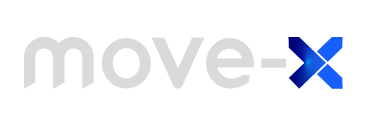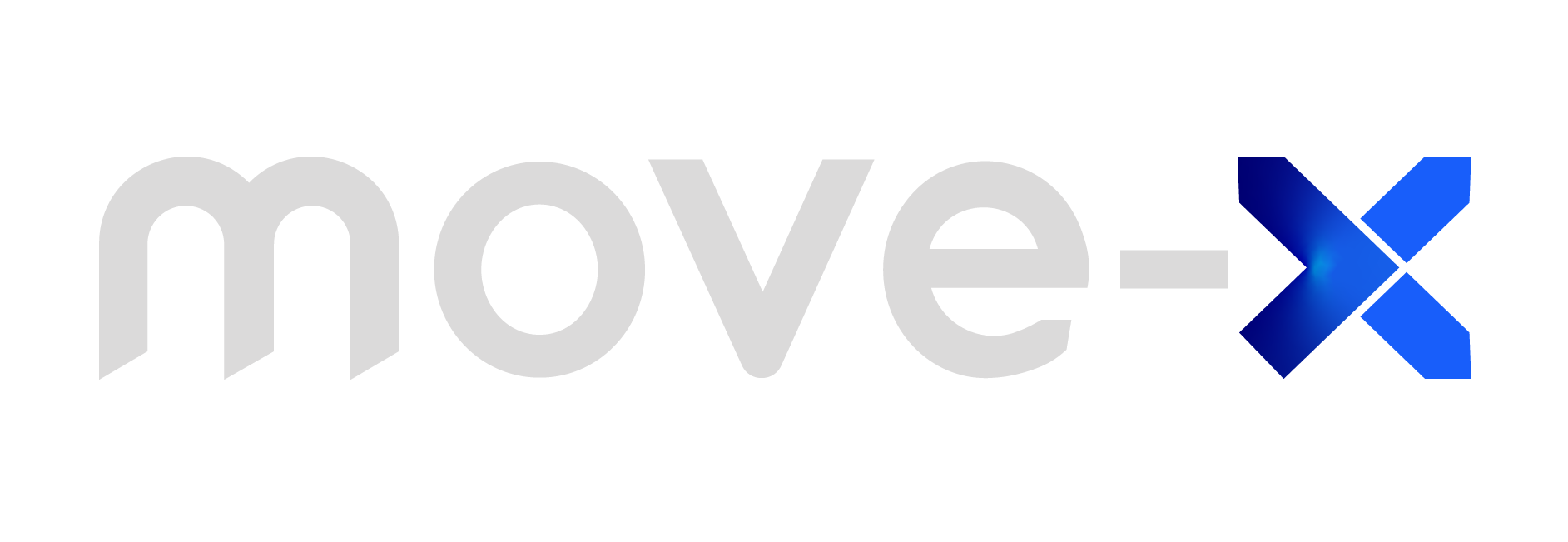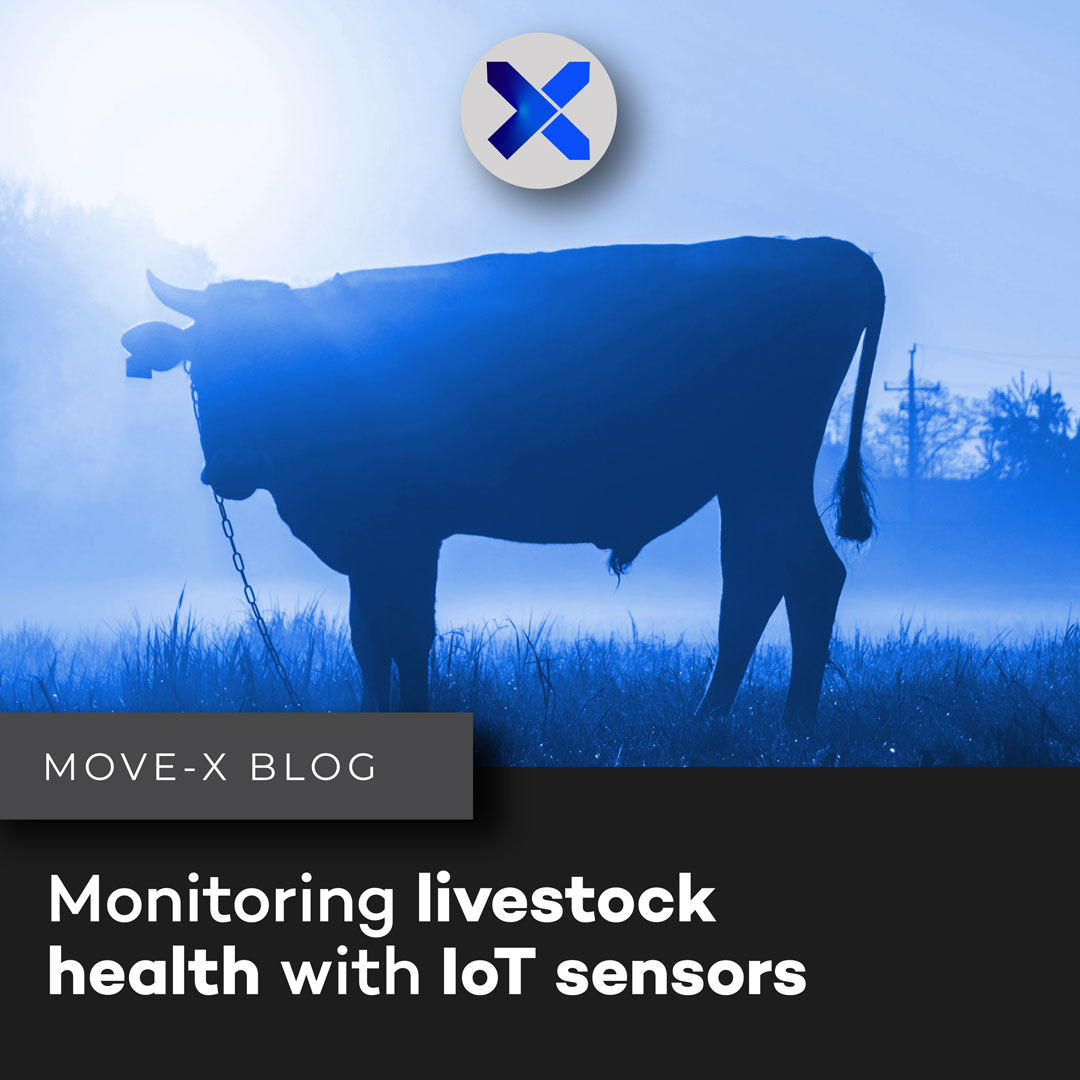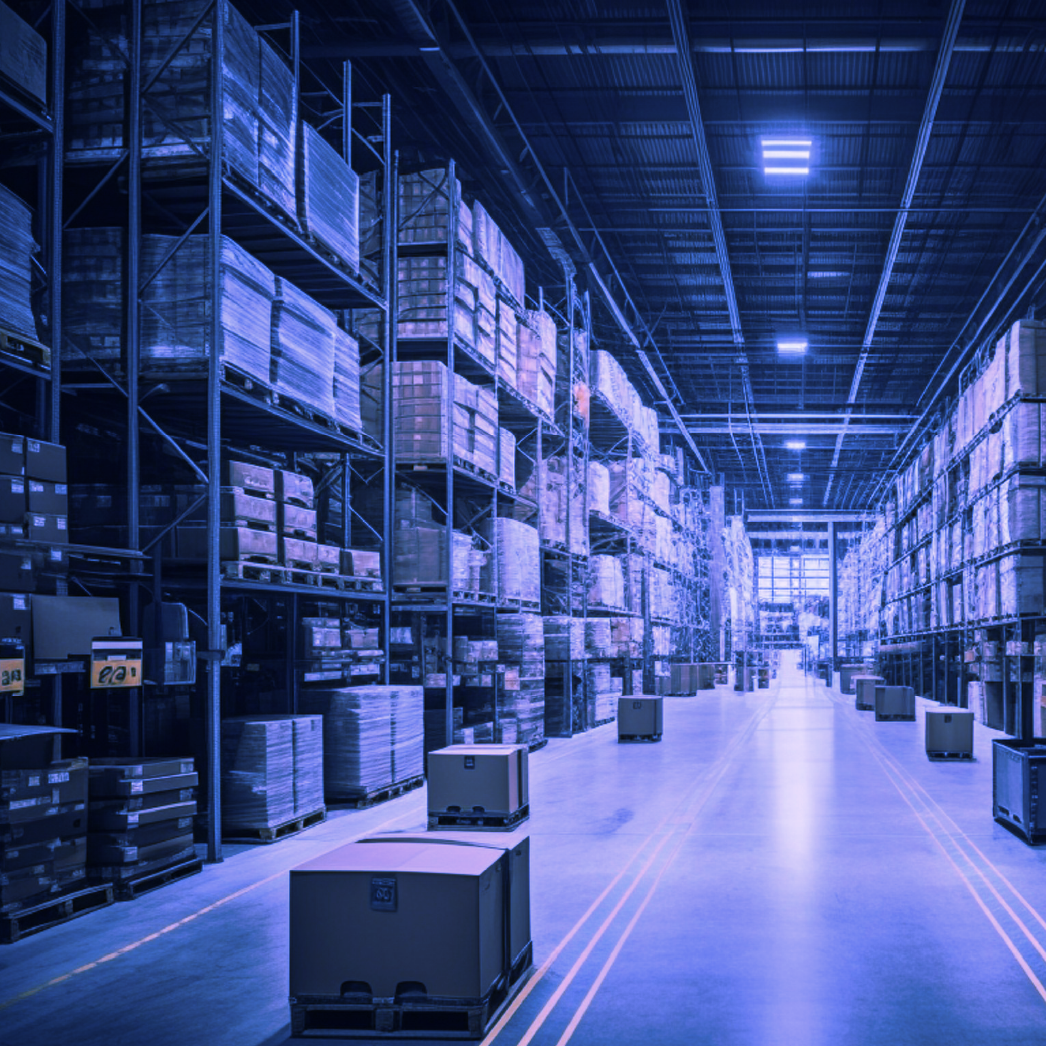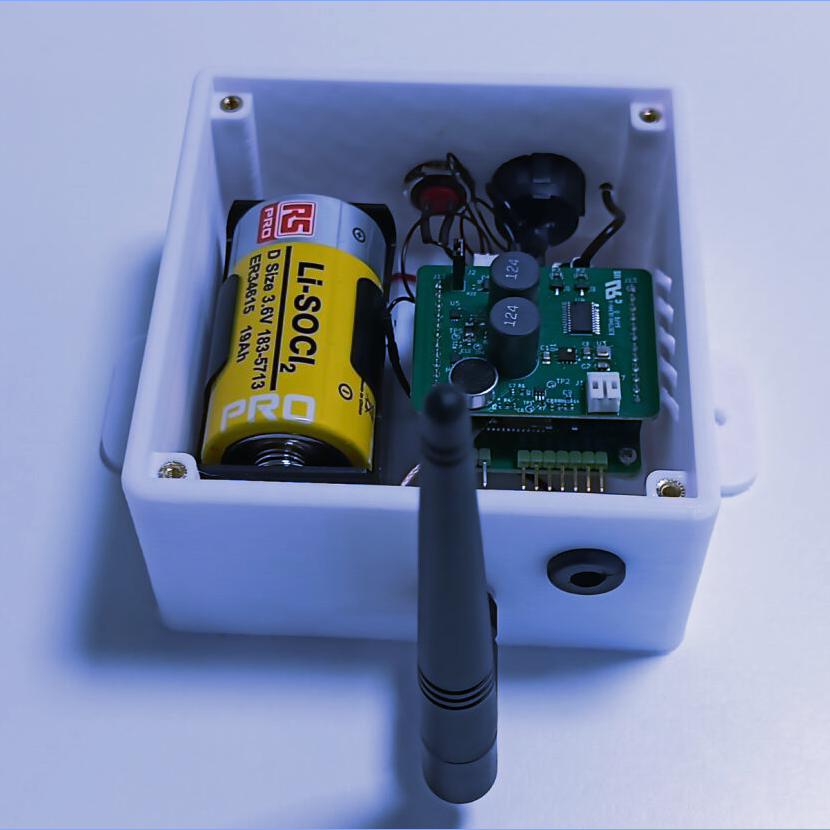Monitoring livestock health with IoT sensors
By 2030, the global population is estimated to grow to 8.5 billion – which means 1 billion more than the people that live on our planet today. Providing for their livelihoods and health in a sustainable way is essential.
In order to do that, we must consider the role that animals have in our life. When outbreaks of livestock disease occur, they put our health at risk and they significantly reduce production of some of the food that most people still base their diet on, such as meat, milk and eggs. We have exploited animals and the environment as we pleased, without thinking that our health depends on theirs. However, it is now crucial for us to understand that the health of people, animals, and the environment is deeply intertwined: what affects one, will affect the others. Our future as earthlings will be dictated by the choices we make now.
The Digital Revolution is giving us access to new technologies that are opening up new opportunities to better manage animals’ health. Predictive and monitoring devices are becoming key innovations for farmers as they can remotely detect any changes in livestock health, store data on a cloud platform, create a predictive analysis and help implement preventive plans.
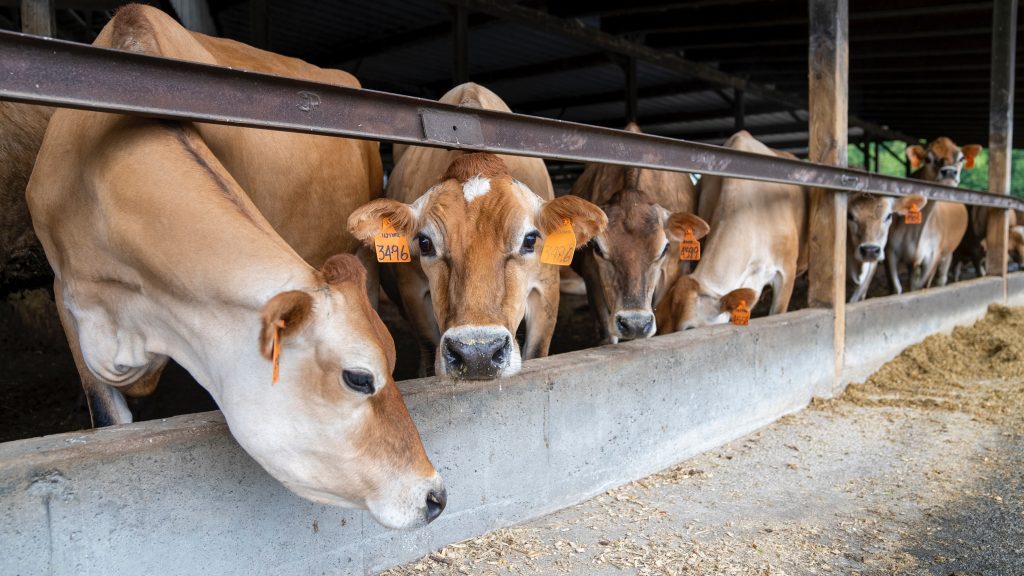
Thanks to IoT technology, animal caretakers can monitor animals 24/7, tracking their vital signs, their movements and their temperature through digital monitoring devices such as ear tags, smart sensors, sound detection and thermal imaging: that helps identify the first signs of a disease, pregnancy, heat or of other health changes in real time. The information collected by the sensors from each animal throughout their lifecycle is stored in databases, which allows for pattern analysis, useful to better understand health changes and identify the best and early actions to take: that not only helps provide better care for the animals but it also helps decrease the resources required to raise and maintain them, lowering environmental footprint and reducing costs.
Predictive and monitoring technologies, together with tools like digital diagnostics, are disrupting the field of veterinary care: their innovative applications can potentially tackle global issues like food security, sustainability and antimicrobial resistance.
The following are some of the benefits of using IoT technology for livestock monitoring.
- Remote monitoring: IoT sensors allow farmers to monitor animals’ vitals from anywhere they are, at any time.
- Access data in real time: data collected by the sensors is uploaded to the cloud kin real time allowing for early action.
- Reproductive cycles monitoring: IoT devices help track reproductive cycles and calving so as to facilitate successful outcomes.
- Animals tracking: animals can be located from anywhere at any time, helping identify them when they are sick or when they are lost.
Medical diagnosis and treatment applications are experiencing substantial growth because of the spread of new zoonotic diseases. Emerging technologies are improving the connection between farmers and their animals, introducing a more personalized animal care. They can also promote a more reliable production ecosystem and a more sustainable food chain.
Move-X provides innovative solutions for livestock monitoring, supporting farmers in driving change for a more sustainable and conscious way of living.
